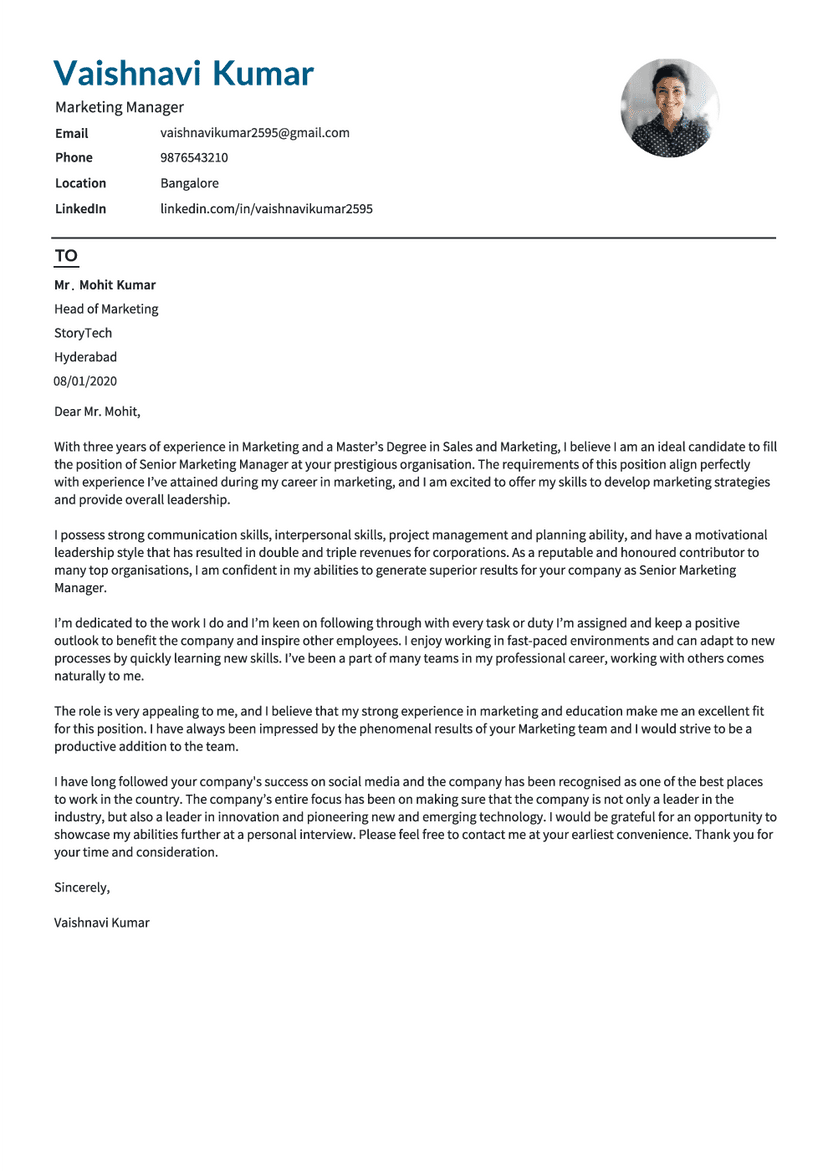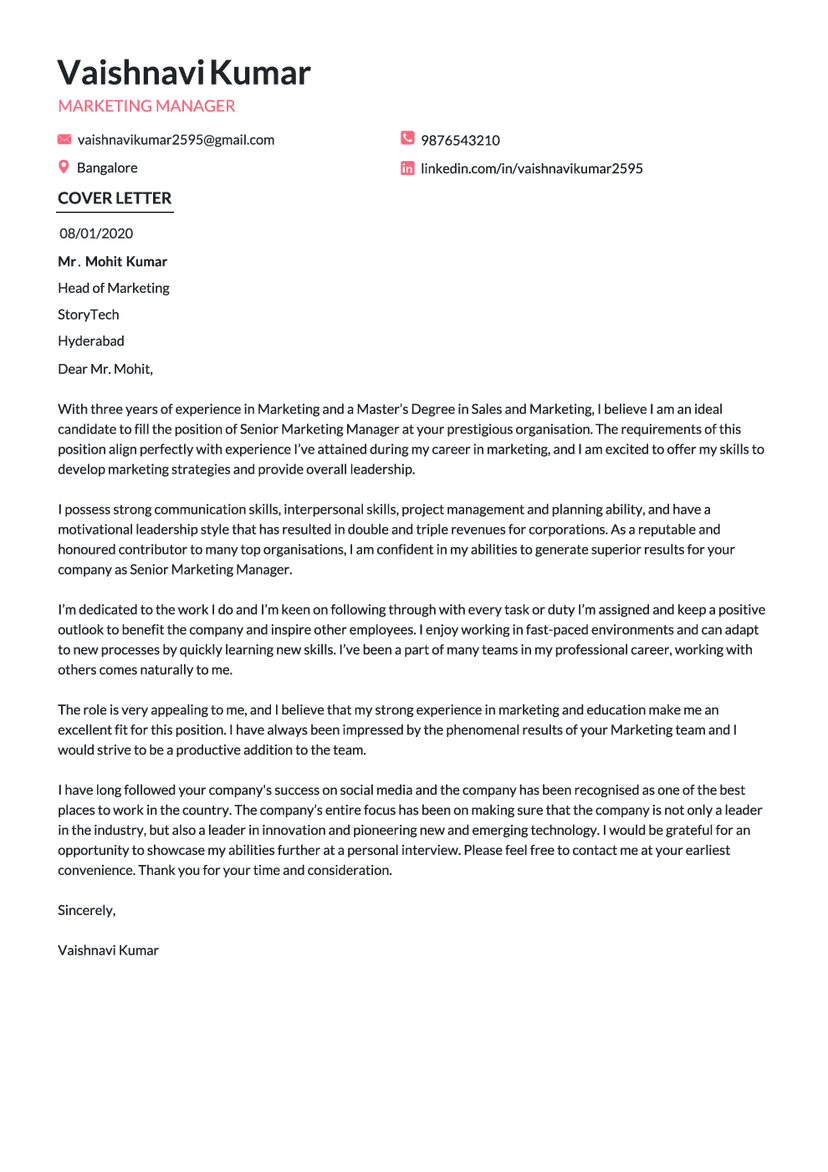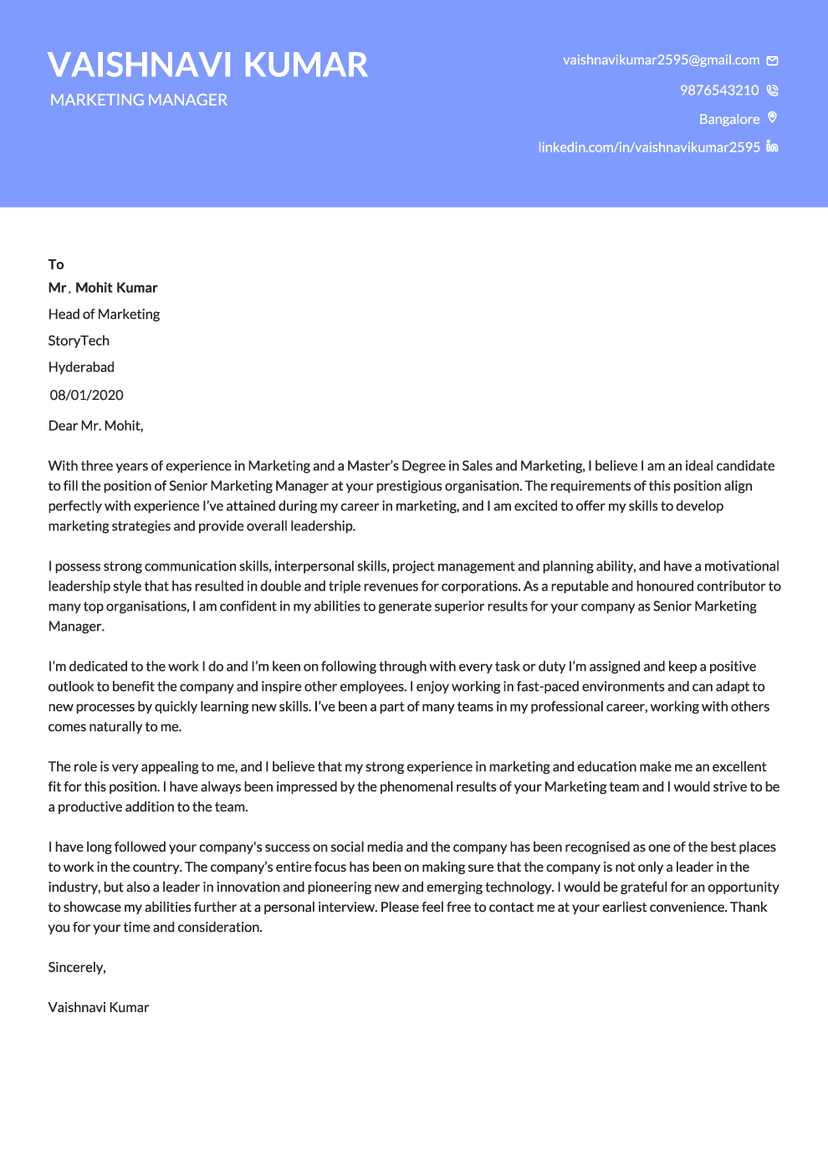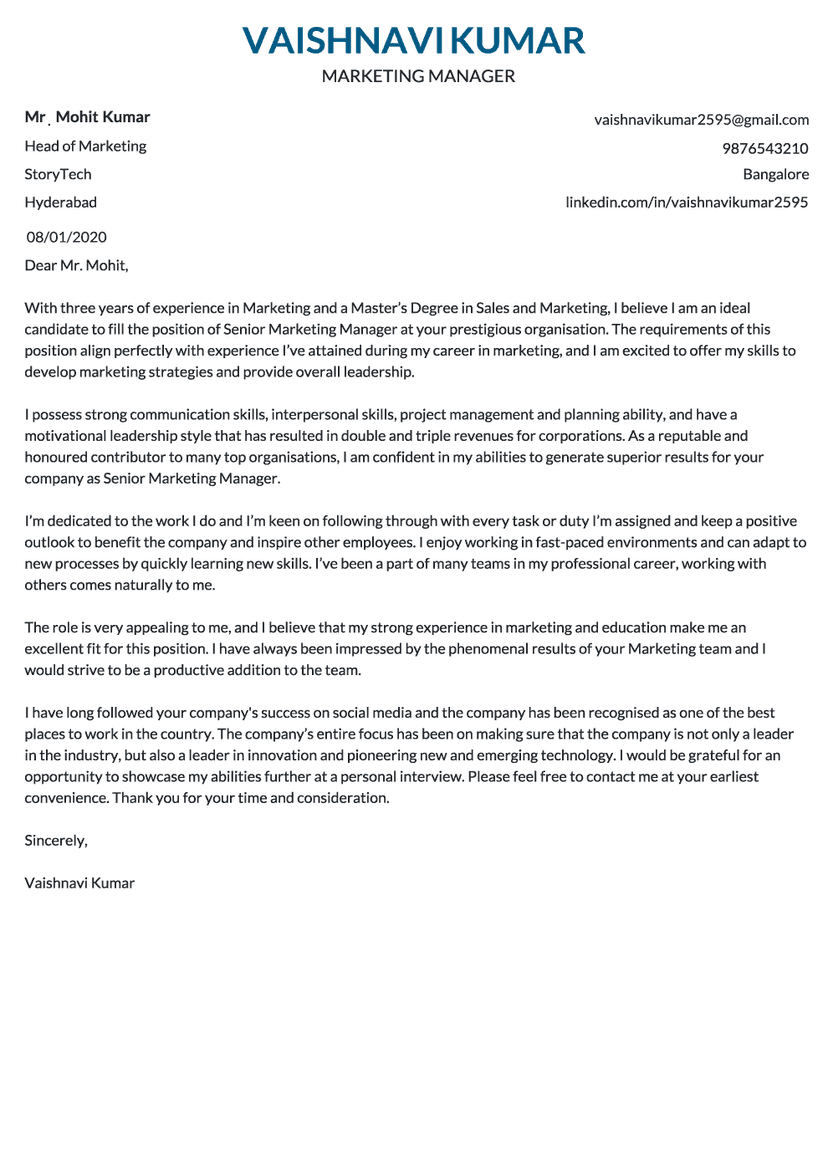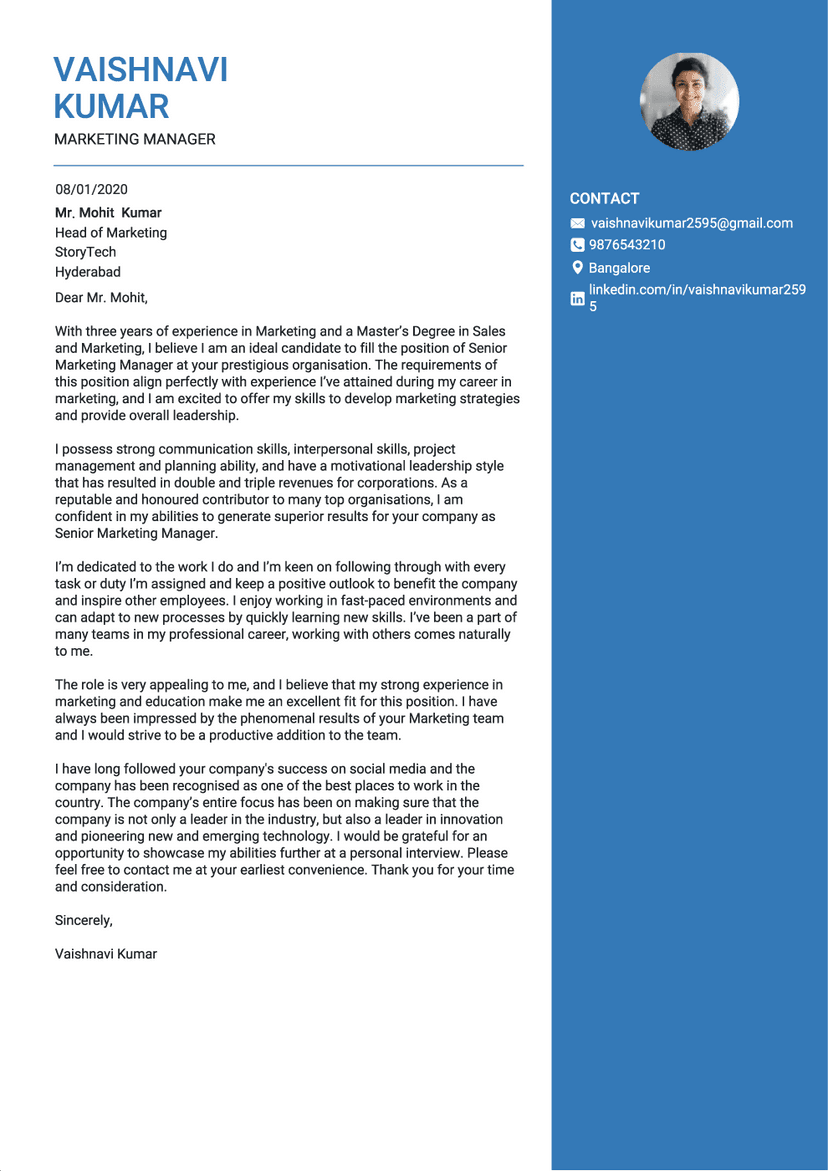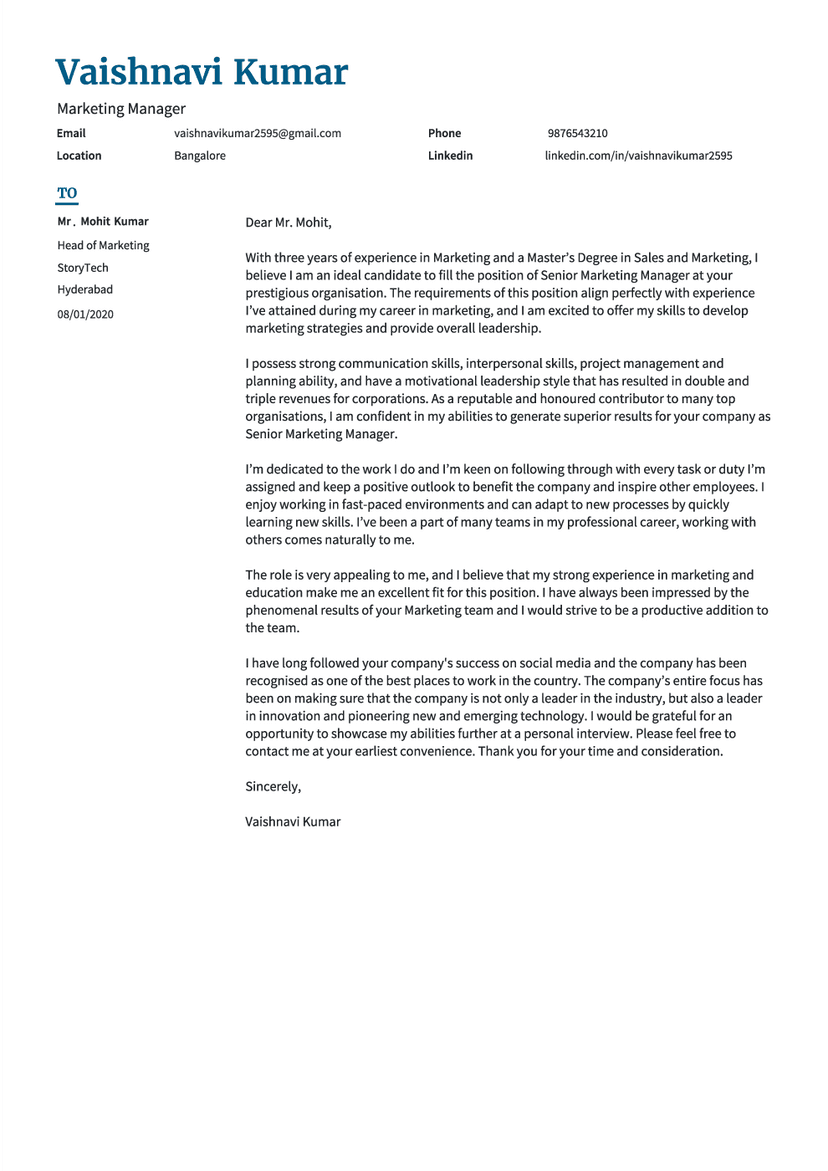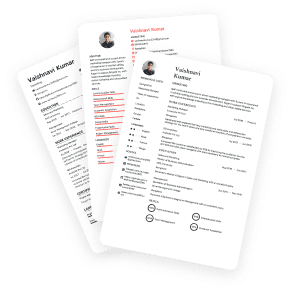
Write a Winning Cover Letter Using Free Templates
Create a winning Cover Letter with our field-tested templates and land your dream job.
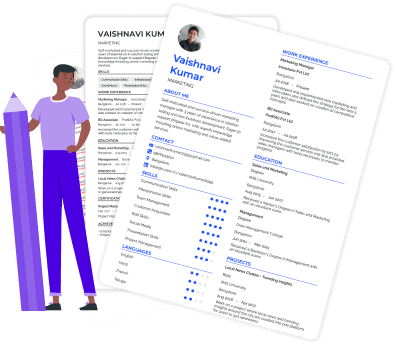
Select a resume template and fill in the details to make an online resume. Download the PDF format of resume in just one click or share the online resume instantly with a personalized URL. Isn’t it amazing?
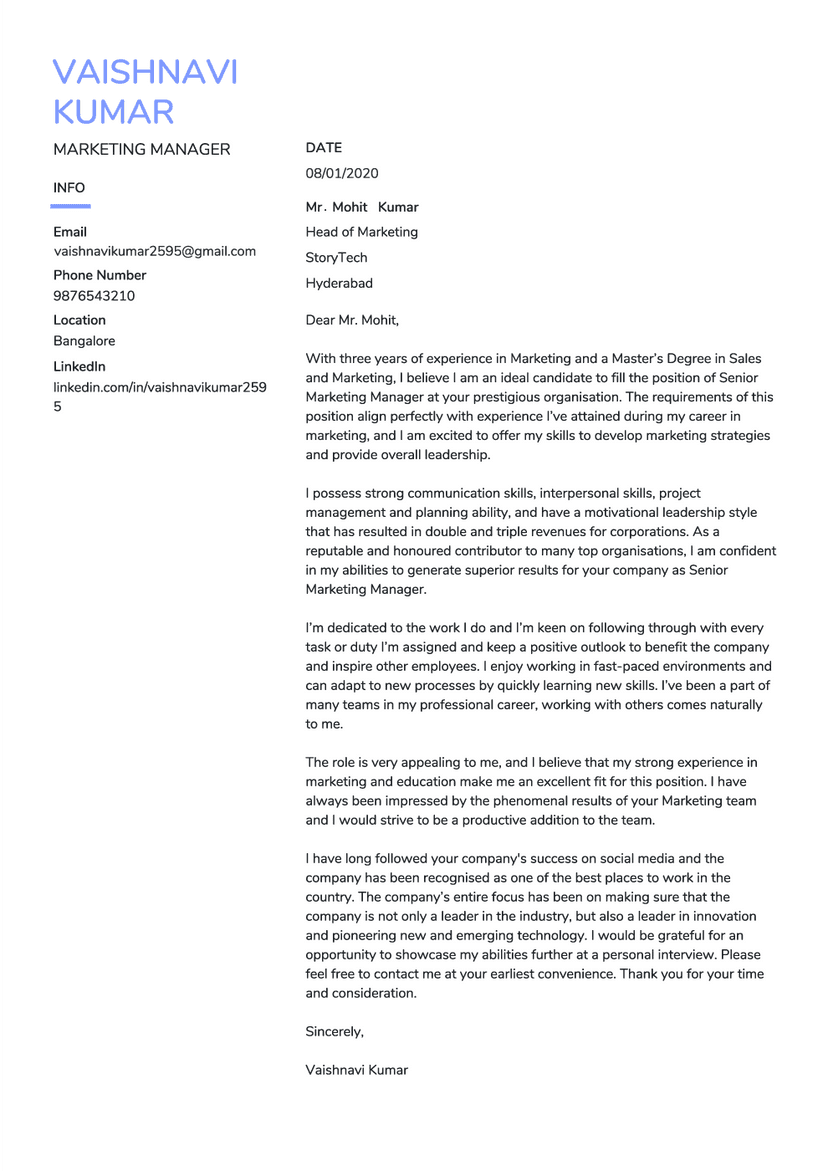
Perfect cover letter template. One-of-a-kind design with abundant spacing and a stellar look.
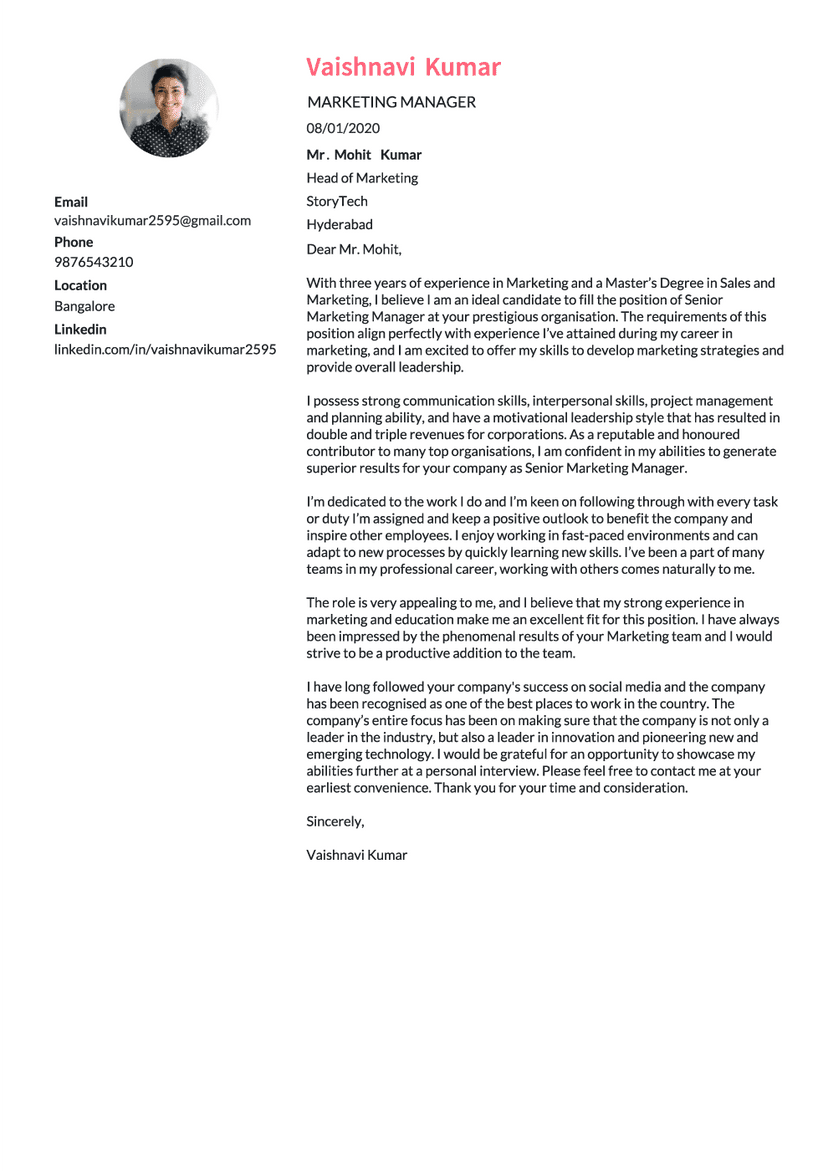
Professional cover letter template. A perfectly balanced template with clean design and layout.
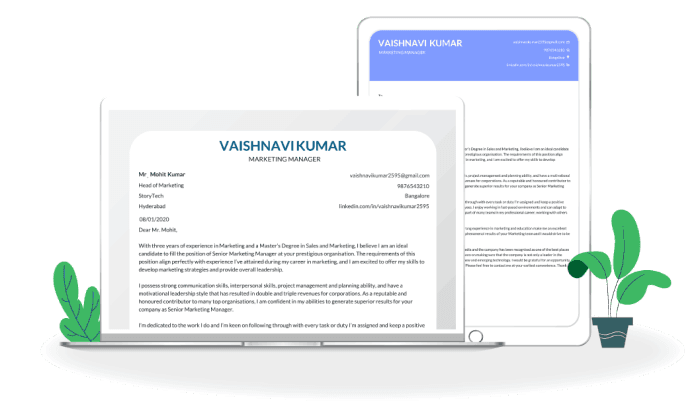
Learn More About Cover Letters
Using a professional format for your cover letter can increase your chances of standing out to potential employers and securing an interview for your dream job. It's important to take the time to create a polished cover letter that showcases why you are the ideal candidate for the position. By professionally highlighting your skills and qualifications, you can make a strong first impression and improve your chances of landing the job.

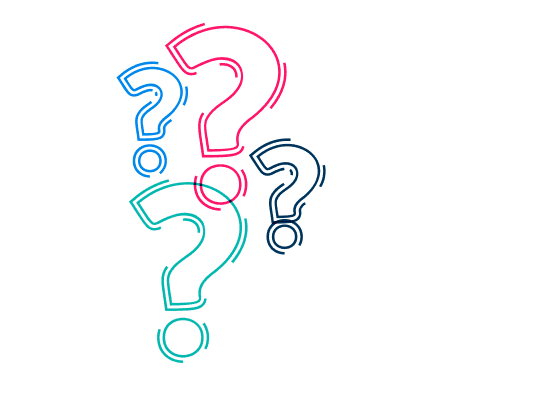
What is a Cover Letter?
The purpose of a cover letter is to answer the question, "Why are you the best candidate for the job?" To achieve this, you should include only specific information highlighting why you are a strong match for the employer's job requirements. By tailoring your cover letter to the job, you can demonstrate your qualifications and convince the employer that you are the right person for the position.
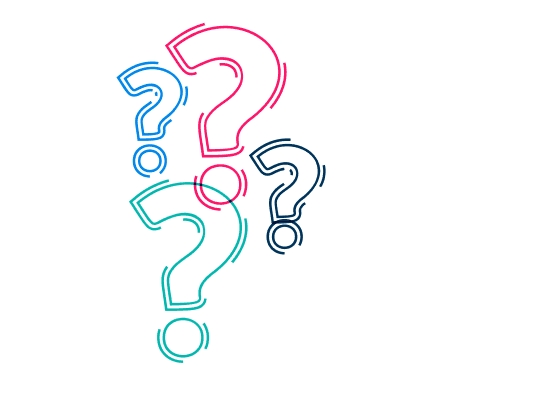
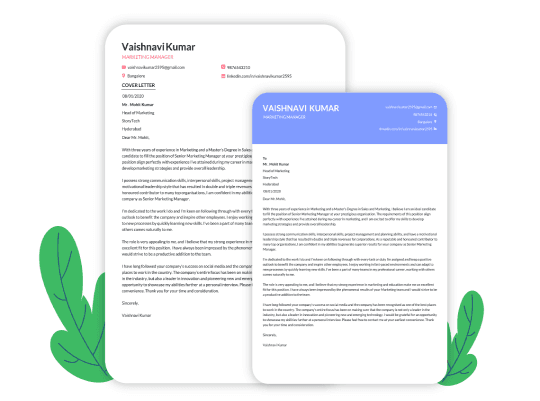
Different types of Cover Letters?
Application Letter: This cover letter is sent in response to a known job opening.
Prospecting Letter:This cover letter is sent to inquire about possible positions.
Networking Letter:This cover letter is sent to request information and assistance in your job search.

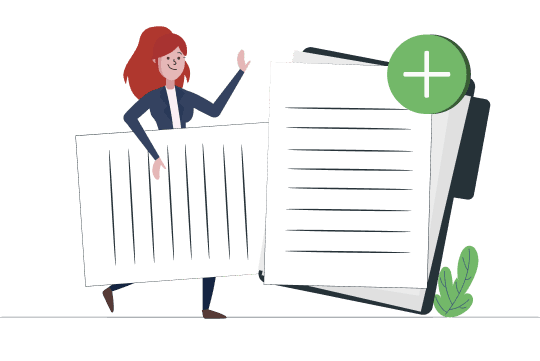
What should be included in a Cover Letter?
An effective cover letter explains why you are interested in applying for a job in a particular organization and highlights the skills and experiences that are relevant to the job requirements. It's crucial to carefully review the job description and evaluate your skills to determine relevance. By demonstrating a clear understanding of the job requirements and showcasing your qualifications in a personalized manner, you can increase your chances of getting noticed by potential employers and securing your desired job interview.

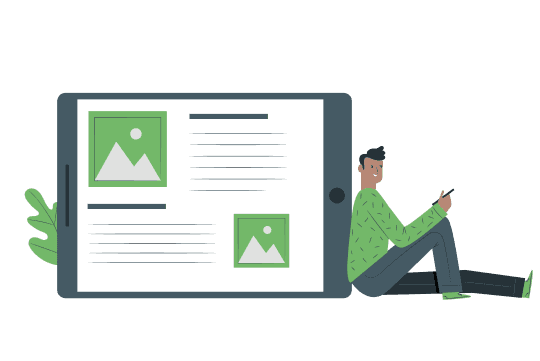
What should not be included in a Cover Letter?
When writing a cover letter, it's crucial to analyze what to include and what to avoid. Your cover letter should focus on your qualifications for the job and not on personal information about yourself. If your qualifications do not align with the employer's requirements, you should highlight the skills that match their needs. You should not mention salary unless the employer has requested your salary requirements.
Lastly, it's important to keep your cover letter concise and focused, written within a few paragraphs limit. Avoid writing too much and stay on point with the key qualifications and experiences that make you a strong candidate for the job. By following these guidelines, you can create a compelling cover letter that increases your chances of landing your desired job interview.

Save time with Cover Letter examples
Check out our free resume samples for inspiration. Use the expert guides and our resume builder to create a beautiful resume in minutes. Our new and advanced resume builder will guide you from start to finish.
Create a Standout Cover Letter with Professional Templates
Searching for a job can be daunting, but your cover letter can create all the difference in catching the attention of prospective employers. A compelling cover letter is essential to showcase your skills and personality while highlighting your suitability for the job. This article explores various types of cover letter templates and their advantages in helping you secure that dream job.
Winning Cover Letter Templates
Template 2: Mid-level position
For those with some professional experience, this mid-level cover letter template strengthens your accomplishments and skills. Start by briefly mentioning your current role and expertise, followed by a compelling hook that showcases your unique value proposition. Use specific examples of how you have contributed to your current or previous employers and how these achievements align with the new role. Demonstrate your ability to take on challenges and lead teams, and close with a positive tone, expressing your enthusiasm to contribute further in the unique position.
Template 3: Executive-level position
Your cover letter must exude leadership and strategic vision as an experienced professional aiming for executive-level positions. Begin with a powerful opening statement that captures your extensive experience and industry knowledge. Strengthen your track record of delivering results and driving growth in previous roles. Highlight your ability to foster innovation, mentor teams, and navigate complex challenges. Share your long-term vision for the company and your determination to lead it to success. Conclude with a confident and forward-looking note, inviting further discussion about your candidacy.
Advantages of Using Cover Letter Templates
Before exploring the different types of job cover letter templates, let's understand why using them can be a game-changer in your job application process.
Time-Saving:
When you're juggling multiple job applications, time is of the essence. Simple cover letter templates provide a ready-made framework that can be customised to suit various job roles, saving you valuable time and effort.
Professional Appearance:
A well-designed resume cover letter template shows professionalism and attention to detail. It gives your application a polished and organised look, leaving a positive impression on hiring managers.
Structured Content:
Cover letter templates typically include essential sections like introduction, skills, experience, and conclusion. This structure ensures you cover all the critical points while maintaining a coherent flow in your letter.
Consistency:
Using a template ensures consistency in formatting and content across your applications. This consistency reflects your commitment and dedication to each job you apply for.
Confidence-Boosting:
With a well-crafted cover letter template, you can confidently approach each application, knowing you have a strong foundation to build upon.
Different Types of Cover Letter Templates
Creative/Graphic Cover Letter Template
In creative fields like design, marketing, or writing, a traditional cover letter might not do justice to your skills. A creative or graphic cover letter template lets you showcase your artistic flair while presenting your qualifications. Incorporate eye-catching visuals, a unique layout, and typography that aligns with your brand. Make sure the design complements the content and enhances your story rather than overshadowing it.
Online Cover Letter Template
In the digital age, many job applications are submitted online. An online cover letter template is tailored for electronic submissions and can be easily pasted into email or job application forms. It's essential to keep the formatting simple and avoid complex layouts that may translate poorly across different platforms. Remember to store your file in a universal format, like PDF, to ensure compatibility.
Industry-Specific Cover Letter Templates
Different industries have specific requirements and expectations from candidates. Industry-specific cover letter templates are tailored to address these nuances. For example, suppose you're applying for a position in healthcare. In that case, your cover letter should focus on your empathy and patient care skills. In contrast, a technology-related cover letter should focus on your problem-solving abilities and adaptability to new technologies. Using an industry-specific template ensures that your cover letter aligns perfectly with the industry's standards and preferences.
Tips for Using Cover Letter Templates Effectively
While cover letter templates are a fantastic tool, here are some tips to make the most of them:
1. Customise the Template:
Avoid sending generic cover letters. Tailor each template to the specific job and company you're applying for. Highlight how your skills and experience align with the company's values and requirements.
2. Keep it Concise:
Aim for a cover letter that is clear, concise, and to the point. Hiring managers are busy, so they appreciate cover letters that get to the heart of the matter.
3. Showcase Your Personality:
While templates provide a structure, feel free to inject your personality into the letter. Be authentic and let your passion for the role shine through.
4. Proofread Thoroughly:
Typos and grammatical errors can sabotage the best-written cover letter. Always proofread your letter multiple times before submitting it.
5. Use a Professional Tone:
Keep the tone of your cover letter professional and courteous. Avoid using informal language or humour that may not resonate with all employers.
In conclusion, cover letter templates offer numerous benefits to job seekers at all experience levels. They save time, present a professional appearance, and provide a structured format to impress hiring managers. It can be customised to suit various job applications, From entry-level to executive roles and from creative fields to industry-specific requirements. Remember to customise each template, showcase your personality, and proofread meticulously.
